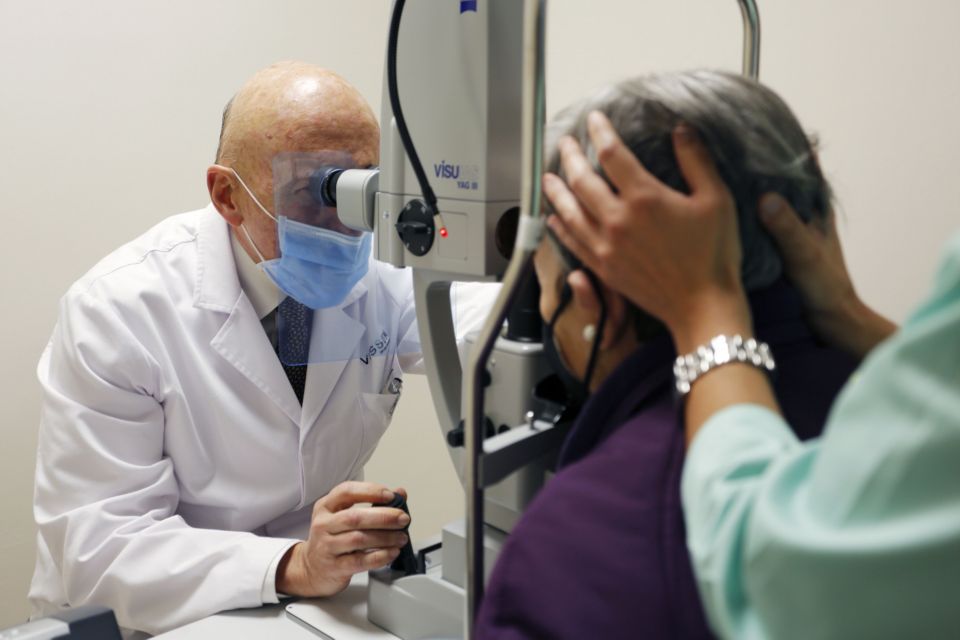Committed to aniridia patients and to the study of this “rare disease”
Vissum Grupo Miranza will carry out a complete examination of a group of patients to further study the genetic causes of the disease.

On 2 June, Dr Jorge Alió and a team of specialists from Vissum Grupo Miranza, a Miranza clinic in Alicante, will attend to a group of national and international patients by means of different specialised tests to continue advancing our knowledge of aniridia through early diagnosis of the phenotype behind this serious genetic eye problem, which leads to low vision or blindness. Thus, the Alicante clinic works with professionals from the Jimenez Díaz Foundation in Madrid to further the scientific knowledge of this “rare disease”, for which there is still no treatment.
These specialised consultations will take place in the context of the European Conference on the rare diseases of Aniridia and WAGR Syndrome, which is being held for the first time in Alicante, Spain, from 3 to 5 June, organised by the Spanish Aniridia Association and the Aniridia Europe Federation, in collaboration with the COST Action Aniridia-net and the Miguel Hernández University of Elche, to make this pathology more visible.
Ocular aniridia: A window without curtains
Aniridia is one of the estimated 7,000 rare diseases worldwide and affects one in every hundred thousand people. Generally speaking, it is a hereditary pathology that is transmitted from parents to offspring, although it can also be caused by external factors, such as severe eye trauma.
The pathology involves a total or partial absence of the iris, the diaphragm that surrounds the pupil and that, in addition to providing our eyes with colour, regulates the amount of light that enters the eyeball. It can be said that an eye with aniridia is like a window without curtains, as it cannot enlarge or reduce the pupil to control the amount of light reaching the retina.
The main symptoms associated with aniridia are unusual light sensitivity or photophobia, caused by difficulty in controlling the passage of light, and blurred vision or low visual acuity, when associated with cataracts, corneal opacities or a deficiency in the development of the optic nerve or macula.
Its origin is related to a genetic mutation, which, if it also affects adjacent genes, can lead to what is known as WAGR, a syndrome or spectrum that includes maturational delay, Wilms’ tumour (a type of kidney cancer) and genitourinary malformations, among other disorders.
European Aniridia Conferences
The European Aniridia Conferences arose from the need to create a space in which professionals from different countries could share their research and advances in order to improve the quality of life of these patients and promote new synergies and collaborations.This year, the meeting will bring together more than 130 professionals, relatives and patients in Alicante at the San Juan Complex, where the latest advances in genetic and ophthalmological research will be presented.
